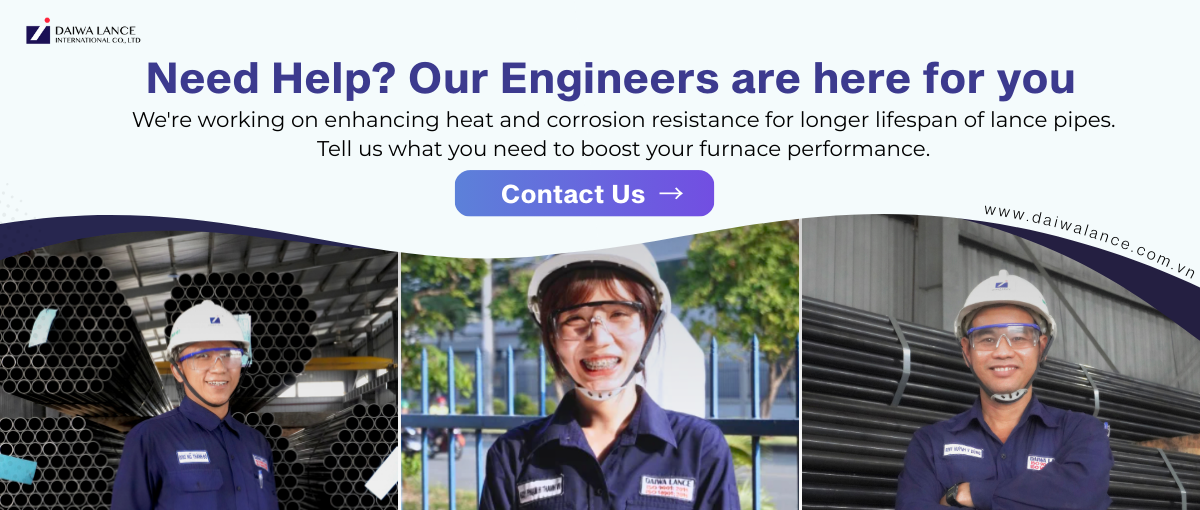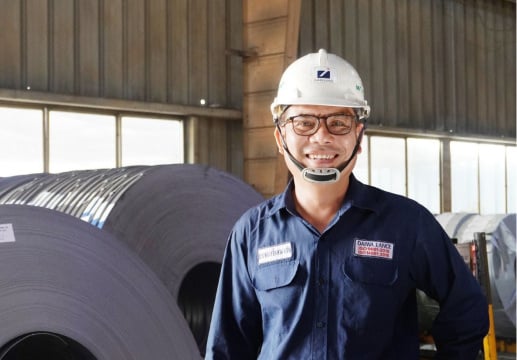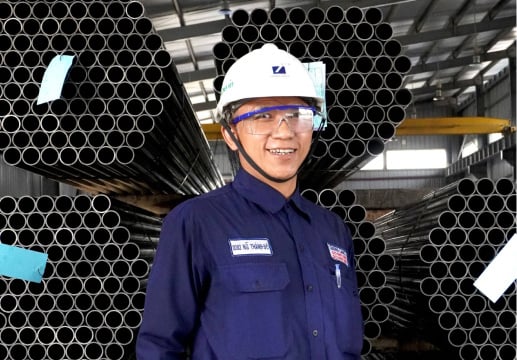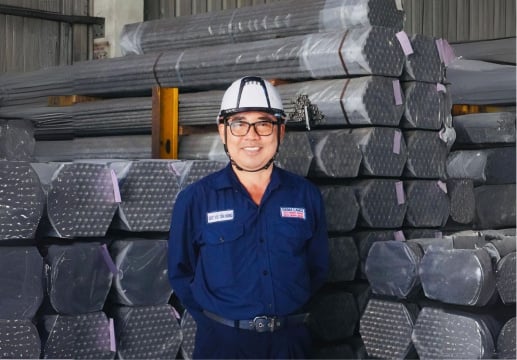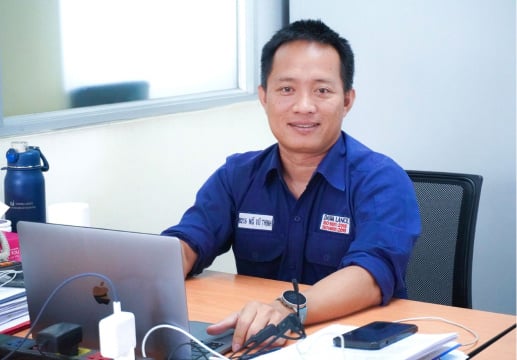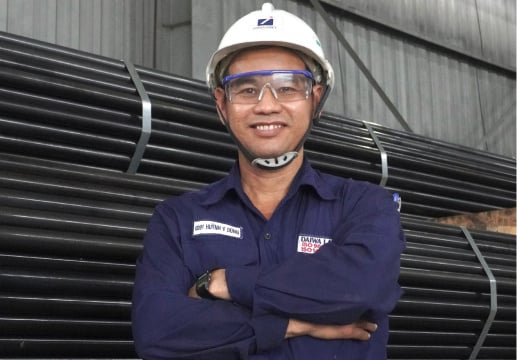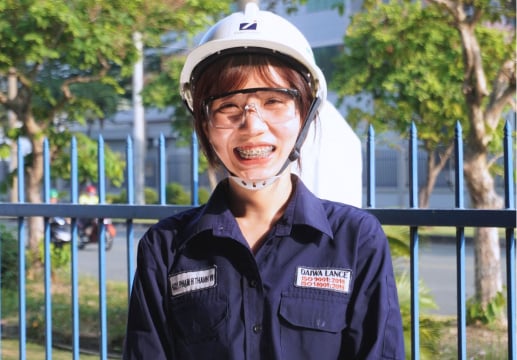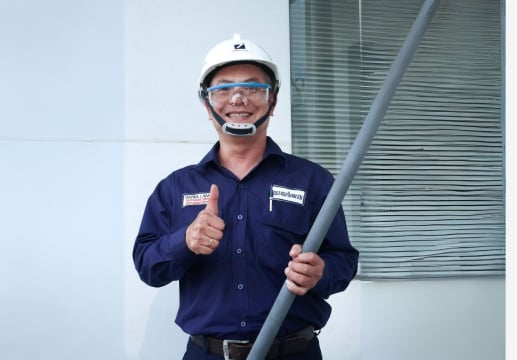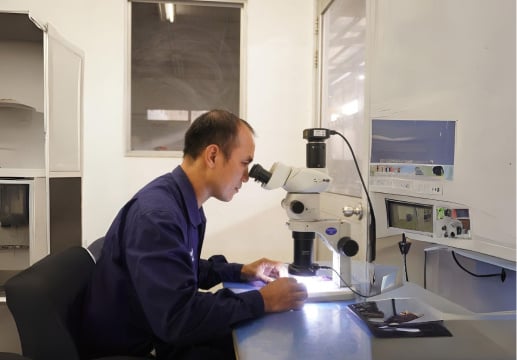What to consider before buying flux injection lance goes beyond just the price tag — it’s about finding the right tool to boost performance, efficiency, and safety in your aluminum melting process in the long run. That’s why understanding flux injection lance characteristics and using a buying checklist can make a huge difference when making payments. In this post, we’ll break down the key factors you need to know prior to any purchases for flux injection lance at your foundry.

Why Wrong Flux Injection Lance Screws Up Your Aluminum Melting?
Imagine trying to blow bubbles in a milkshake with a flimsy straw. If the straw’s too weak or the wrong shape, you just get weak, uneven bubbles—same thing with flux injection lances. When you pick the wrong lance, you’re asking for trouble, because:
- Lance will burn out fast – Molten aluminum is corrosive, therefore, low corrosion-resistant injection lances won't last long.
-
Flux doesn’t spread evenly → When the lance isn’t built right, the hollow body doesn’t create enough pressure, flux and gas spray out weak and patchy. Some aluminum gets purified, some stays contaminated with impurities.
- More downtime, more costs – Every time you stop to swap a broken lance or re-treat unqualified aluminum, money vanishes.
- Wasted flux = wasted cash → If the lance can’t blast flux deep and even, half of it does nothing. You’re literally throwing money into the melt.

The fix? An injection lance built tough with the right internal design to force flux and gas where they need to go—no weak spots, no uneven mixing. That means cleaner metal, less downtime, and no flushing cash down the furnace.
Flux Injection Lance Buying Checklist: What to Evaluate Before Purchase
Before you buy flux injection lances, don't forget to glance over these key factors:
Material and Coating Compatibility
Not all lances are built the same. Their internal design and structure can vary significantly depending on the suppliers and production methods. So before buying, nail down your exact needs - and make sure the supplier knows them too. Don't settle without checking:
- Refractory coatings that resist corrosion: e.g., high-grade stainless steel, refractory ceramics, or graphite are preferred for durability.
- Thermal shock resistance: e.g., alumina-silica composite coatings can handle extreme temperature over 1,000oC without cracking.
- Material matching: e.g., high-grade ceramics or aluminum alloys ideally suitable for harsh conditions
Application-Specific Design
Just like a custom-tailored suit, your flux lance should fit your process perfectly.
- Furnace Type: e.g., Large-sized Electric Arc Furnaces (EAF) with capacities up to 200 or 300 tons typically require flux injection lances with a thicker coating and a larger outside diameter-such as 2 1/2" OD. This differs from small to medium-sized EAFs, which commonly use a standard 3/8" OD lance.

If your furnace is special (maybe it's custom-built or runs unique processes), you'll likely need an equally special flux injection lance, like:
- Extra-thick refractory coatings
- Custom adapters to fit your existing equipment with injection lance ends
-
No inclusion-forming materials in the lance composition
In that case, no need to puzzle over the details - let our specialists guide you to the right solutions. Book your free consultation with the link below.
Durability and Service Life
Nobody wants constant lance replacements—they eat into your production time and drive up costs. That’s why durability should be a top priority. When choosing a lance, don’t be distracted by a seemingly low price—ensure it’s made of durable, high-resistance materials to withstand demanding conditions, including:
- Strong resistance to heat and chemicals – It should hold up under extreme conditions without breaking down.
- Long cycle performance – Especially important for continuous or high-volume production lines.
- Proven performance - by receiving samples for a small patch first (if possible), you can verify the quality in your actual operation.
At Daiwa Lance, we take pride in helping customers find the perfect lance for their specific needs. That’s why for our flux injection lances, we recommend starting with a free sample—it lets you test the product firsthand before making payments.
First-time working with us? Even better! Click the link below to connect with our team. We’ll discuss your exact requirements and tailor a lance design that works for you.
Cost vs. Performance: Evaluate Total Cost of Ownership
A low initial price can be misleading. It can end up costing you far more over time when you consider:
- Soaring flux injection operating expenses
- Constant maintenance and repair fees
- Expensive downtime that slashes productivity
Smart buyers look beyond the sticker price.
Instead, they focus on the Total Cost of Ownership (TCO) - the real measure of cost that includes every expense throughout the product’s entire lifespan.

1. Upfront Costs
- Purchase price: The expenses when buying flux injection lances.
- Installation: Setup costs for flux injection systems, including integration with your existing metal refining line.
- Training: Instructing operators proper flux injection techniques and safety protocols.
From a budget and cost control perspective, the lower the upfront cost, the better. Therefore, a product that offers an affordable price is a good starting point. However, it’s even better if the product also meets the following cost-related criteria to ensure an efficient TCO.
2. Operating and Maintenance Costs
- Energy use: power consumption during flux injection lance operation including electricity, water, fuel, etc. (this might vary depending equipment efficiency).
- Consumables: materials that are regularly used up, such as flux injection lances, holders, sockets, etc.
- Labor: Wages paid to operators and technicians who run and monitor the equipment daily. Efficient equipment can reduce labor intensity and costs.
- Maintenance: Costs related to routine servicing, repairs, part replacements, and preventive maintenance to ensure continuous, trouble-free operation and extend the lance’s service life.
Operating and maintenance costs are closely linked to the durability and longevity of the flux injection lance. Using a heat and corrosion-resistant lance helps reduce expenses on consumables, labor, and replacements, resulting in significant cost savings.
Here's the bottom line: don't rush your purchase—ignoring TCO can cost you more in the long run. Be sure to always evaluate the complete picture: initial price, operating expenses, and maintenance costs. Master this approach, and you'll make confident buying decisions every time.
Conclusion
Making a decision is never easy, especially when it involves making payment for a technical product like flux injection lance. To help you stay organized and ensure nothing is overlooked during your busy days, we’ve compiled a pre-purchase checklist below. Please be sure to tick off each item before finalizing your purchase.
- Category:
- Daiwa Lance Products

